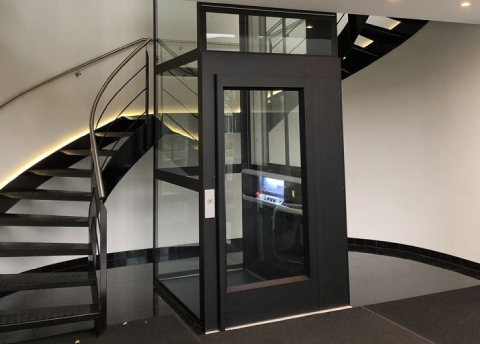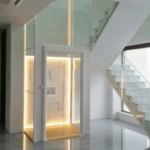When planning a lift installation, assess the building’s structural integrity and space availability. Ensure compliance with local building codes and obtain necessary permits. Budget for installation and maintenance costs, while considering energy-efficient options. Choose a design that matches the building’s aesthetics and includes essential safety features. Finally, select a reputable vendor with good customer reviews and reliable after-sales service.
1. Purpose and Type of Lift
- Residential vs. Commercial: Determine if the lift is for a residential building, commercial space, or industrial use.
- Passenger vs. Freight: Decide whether the lift will be used for passengers or for transporting goods.
- Special Requirements: Consider lifts for specific needs, such as wheelchair accessibility or high-speed lifts for tall buildings.
2. Building Structure and Space
- Structural Integrity: Assess if the building can support the weight and mechanics of a lift.
- Available Space: Ensure there is enough space for the lift shaft and machinery.
- Retrofitting: For older buildings, evaluate the feasibility of retrofitting a lift.
3. Regulations and Compliance
- Local Building Codes: Familiarize yourself with local building codes and regulations regarding lift installation.
- Safety Standards: Ensure the lift meets all safety standards and certifications.
- Permits: Obtain all necessary permits before installation.
4. Cost and Budget
- Installation Costs: Calculate the total cost of installation, including construction, equipment, and labor.
- Maintenance Costs: Consider ongoing maintenance and servicing expenses.
- Energy Efficiency: Look into energy-efficient models that can reduce long-term operating costs.
5. Design and Aesthetics
- Interior Design: Choose a design that complements the building’s interior.
- Custom Features: Consider custom features like specific lighting, mirrors, or handrails.
- Exterior Appearance: Ensure the lift’s exterior matches the building’s architectural style.
6. Technology and Features
- Control Systems: Decide on the type of control system (e.g., button panel, touch screen).
- Safety Features: Include features like emergency alarms, backup power, and automatic rescue devices.
- Smart Features: Consider smart technology for enhanced control and monitoring.
7. Installation Timeline
- Project Duration: Plan the installation timeline, considering potential delays.
- Coordination with Other Work: Ensure the lift installation aligns with other construction or renovation activities.
8. Vendor Selection
- Reputation and Experience: Choose a reputable and experienced lift manufacturer and installer.
- Customer Reviews: Read reviews and testimonials from previous customers.
- After-Sales Service: Check the availability of after-sales service and support.
9. Accessibility and User Needs
- User Demographics: Consider the specific needs of the users, including elderly or disabled individuals.
- Ease of Use: Ensure the lift is user-friendly and easy to operate.
10. Future Proofing
- Scalability: Consider if the lift system can be upgraded or expanded in the future.
- Technology Upgrades: Ensure the lift can incorporate future technological advancements.


